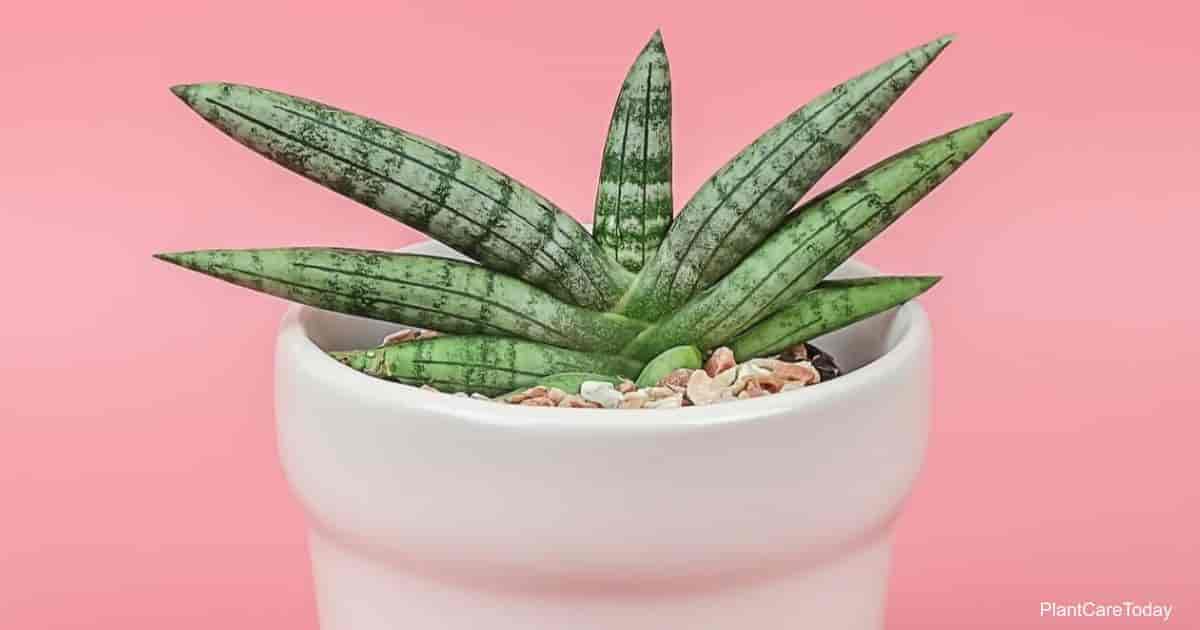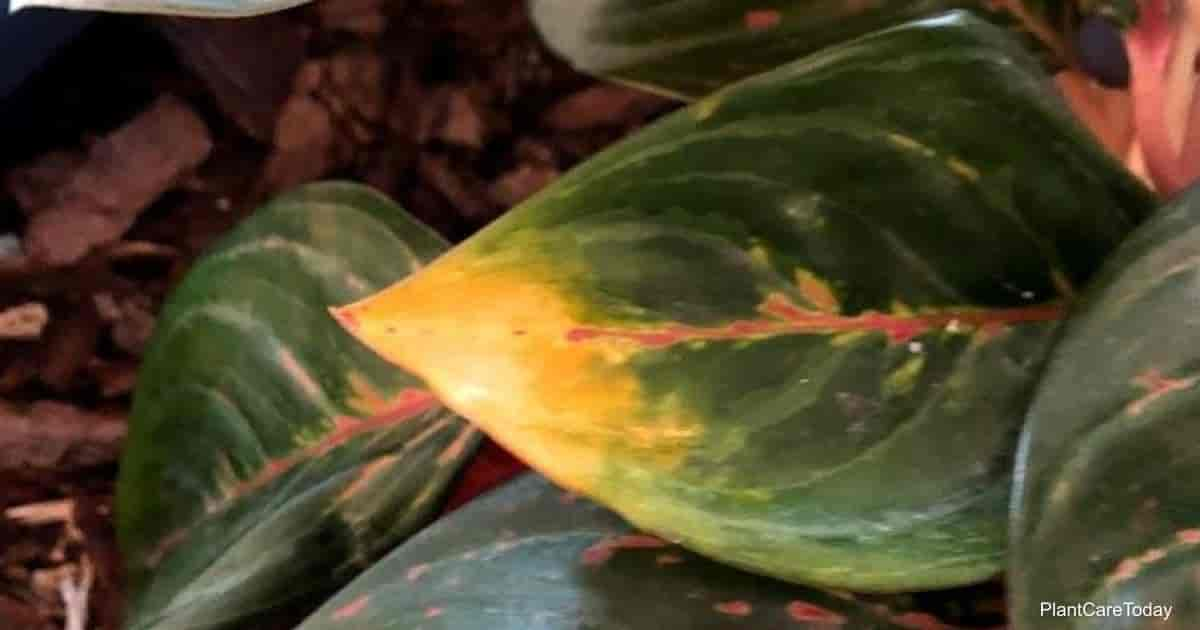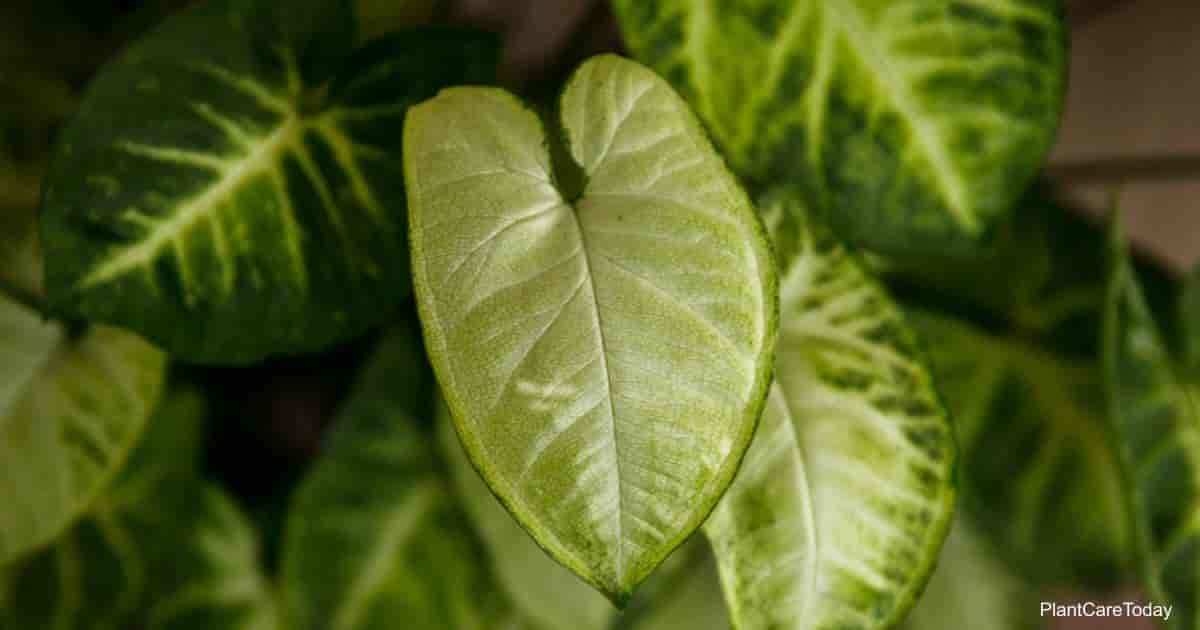Sansevieria boncel is a unique-looking and is easy care cultivar of the Sansevieria cylindrica snake plant.
With its thick, tube-like appendages, this tough plant can bring a new and unique appearance to your home or office decor.
A native of West Africa, the perennial sansevieria boncel (san-se-VEER-ee-uh bon-SEL) is a member of the former Sansevieria genus now Dracaena.
It’s known by the common names of:
- Mother-in-Law’s Tongue
- Snake Plant
- Starfish Sansevieria Plants
- Cylindrical Snake Plants
- Dwarf African Spear Plant
- Starfish Snake Plants
Boncel is part of the Asparagaceae family, a group of plants whose best-known member is the garden asparagus.
The ancient Chinese first cultivated this group of succulent plants. They believed the eight Gods bequeathed their virtues of:
- Health
- Strength
- Prosperity
- Longevity
- Beauty
- Intelligence
- Poetry
- … and art upon those who grew them.
People keep these drought tolerant plants near the entrances of homes, doctor’s offices, the offices of herbalists and acupuncturists, restaurants, monasteries, shrines, banks, and even rice paddies, so the traditional, positive virtues of the plant can uplift and inspire.
NASA used this group of plants in a study to determine if plants help purify air and help people avoid “sick building syndrome.”
Experiments showed that sansevieria has the ability to remove pollutants like benzene and formaldehyde.
Sansevieria Boncel Care
Size & Growth
The succulent sansevieria boncel’s short, fat cylindrical leaves spread out to resemble a fan. Earning the name Fan snake plant. Over time, they create enough offsets to fill the pot.
These plants are excellent container plants. They are also good plants for grouping and thrive on a tabletop or on the floor. Grow sansevieria boncel in dark corners of your house, office, or bright areas.
The plant is as small as eight inches (20 cm) and can grow as tall as 20″ inches. Its tubular leaves are usually about 8″ – 12″ inches long.
Flowering and Fragrance
Sansevieria boncel produces a spiky raceme in spring, but rarely. The greenish-white flowers from pink buds are fragrant at night.
Light Conditions & Temperature
Sansevieria boncel prefers indirect light in a sunny window but can adapt to direct sunlight. It also grows well in quite dim conditions.
Boncel likes warm temperatures. It does not do well when the thermometer drops below 50° degrees Fahrenheit (10 degrees Celsius). The ideal average room temperatures range between 70° – 90° degrees Fahrenheit (21-32 degrees C). Locate the plant in an area protected from cold drafts.
Watering and Feeding
Do not overwater. Allow the soil to dry out between waterings. In winter, water once per month, or if the soil is dry. Less water is better: too much kills this plant.
Use a cactus fertilizer to nourish sansevieria boncel in the prime growing season. Feed with a balanced liquid, 10-10-10 fertilizer for houseplants, diluted to half strength. Refrain from fertilizing at all in winter.
Soil & Transplanting
This plant favors a loose well-drained potting soil, but grows well in sandy soil. Choose a cactus soil mix with little peat (the peat packs down and no longer drains or re-hydrates). A suitable choice is a succulent soil mix and a clay pot with drainage holes.
Preferred soil pH is somewhat acidic to somewhat alkaline.
Choose a strong growing container like a terra cotta pot. The root system of sansevieria boncel crack or even break less-sturdy containers.
This plant grows slow and rarely needs repotting. Given good lighting, it can grow large. If boncel needs repotting or dividing repot during the springtime using fresh potting soil.
Related: Other sansevieria you might like
Grooming and Maintenance
Trim sparingly if you want to keep the plant at a specific size and height.
Pruning most houseplants stimulates growth, not so with this plant. Avoid trimming it.
They grow so slow trimming can injure them, and they will grow slower while they heal.
How to Propagate Sansevieria Boncel
Sansevieria boncel divides easily during repotting. You can also use cuttings, but dividing is preferred.
Sansevieria boncel grows from connected rhizomes, multiplying as the plant matures. Pups or offsets sprout from the plant’s base, that are easy to transplant, yielding new plants.
Sansevieria Boncel Pests or Diseases
Beware of common houseplant pests, especially spider mites, mealybugs and vine weevils. Inspect the plant’s leaves when watering.
Drop a tiny drop of alcohol on mealybugs to rid the plant of them. Remove spider mites by washing the leaves with a cloth and warm water or spraying organic Neem oil.
Reminder: The presence of pests probably indicates your plant is not well. Restoring it to health most likely will end pest and bug problems.
Choose sansevieria boncel for its unique look and its good-luck-bringing heritage.
These attributes, and its easy care, make these ornamental houseplants a great candidate for your office, foyer, or anywhere you want an unusually-beautiful plant
Credit : Gary Antosh (https://plantcaretoday.com/sansevieria-boncel.html)





